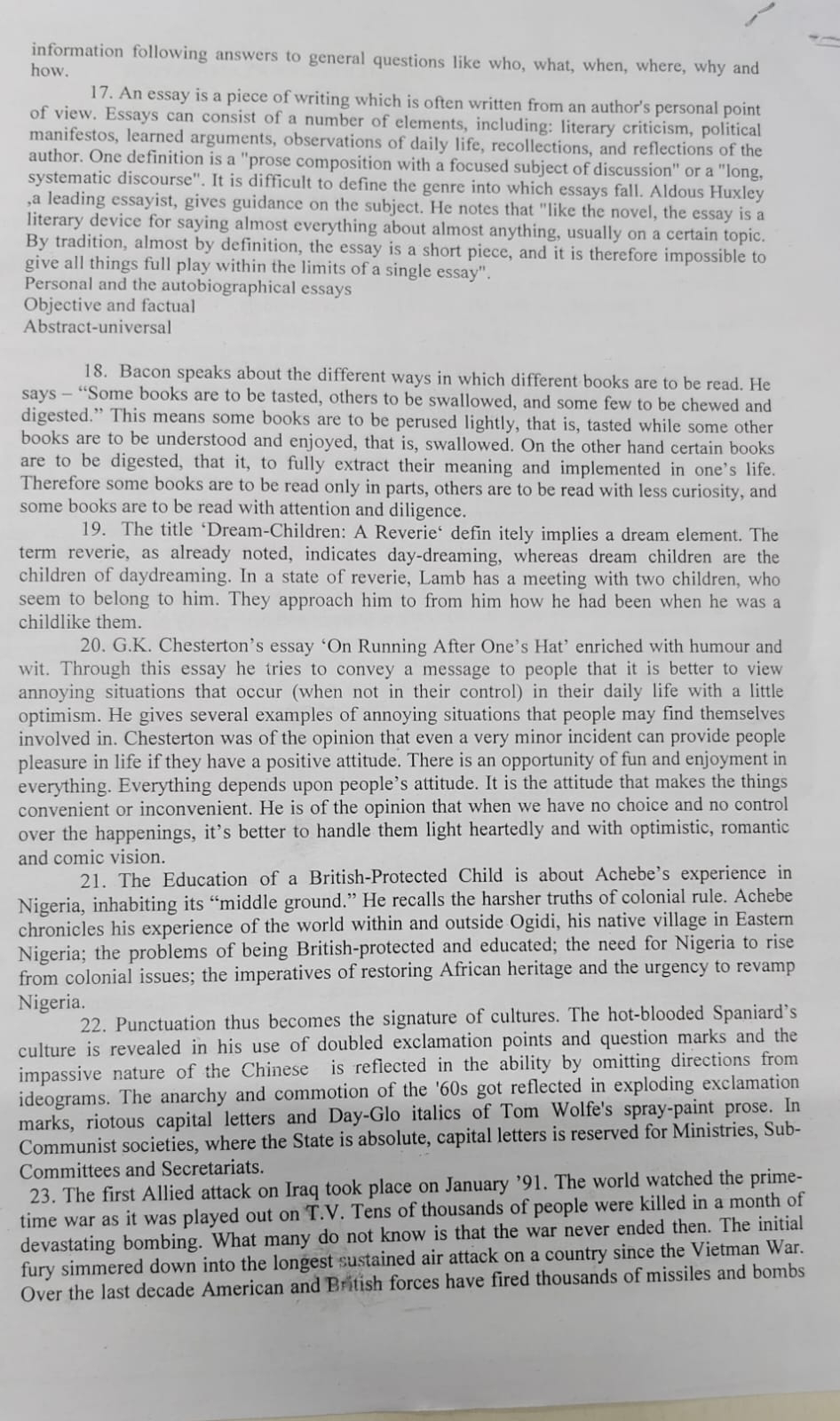42nd Amendment Act, 1976 is one of the most important amendments to the Indian Constitution. it is also known as ‘Mini-Constitutionʼ. It added 'Fundamental Duties' in the constitution. Reduce power of Supreme Court and High Court.
7.Regional Political Parties
The presence of a large number of regional parties is an important feature of the Indian Political System. They have come to play a vital role in Indian politics at all levels i.e. local state and national.
It generally operates within a specific state or specific region. Its electoral base is limited to a single region.
These include Shiromani Akali Dal, National Conference, DMK, AIADMK, Telugu Desam, Shiv Sena, Asom Gana Parishad, Mizo National Front, Jharkhand Mukti Morch and so on.
8.The 101st Amendment Act
It was passed on 8 August 2016, it talks about GST (Goods and Services Tax). The Constitution (101st) Amendment Act, 2016 allows both the centre and states to levy the Goods and Services Tax (GST).
9. Finance Commission of India


















